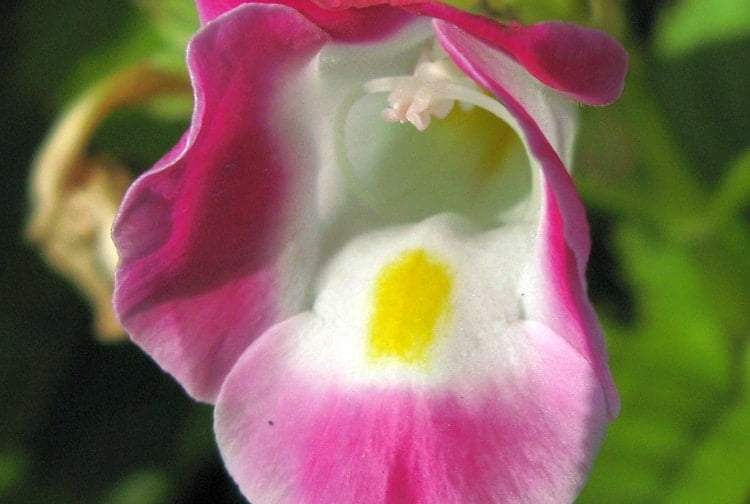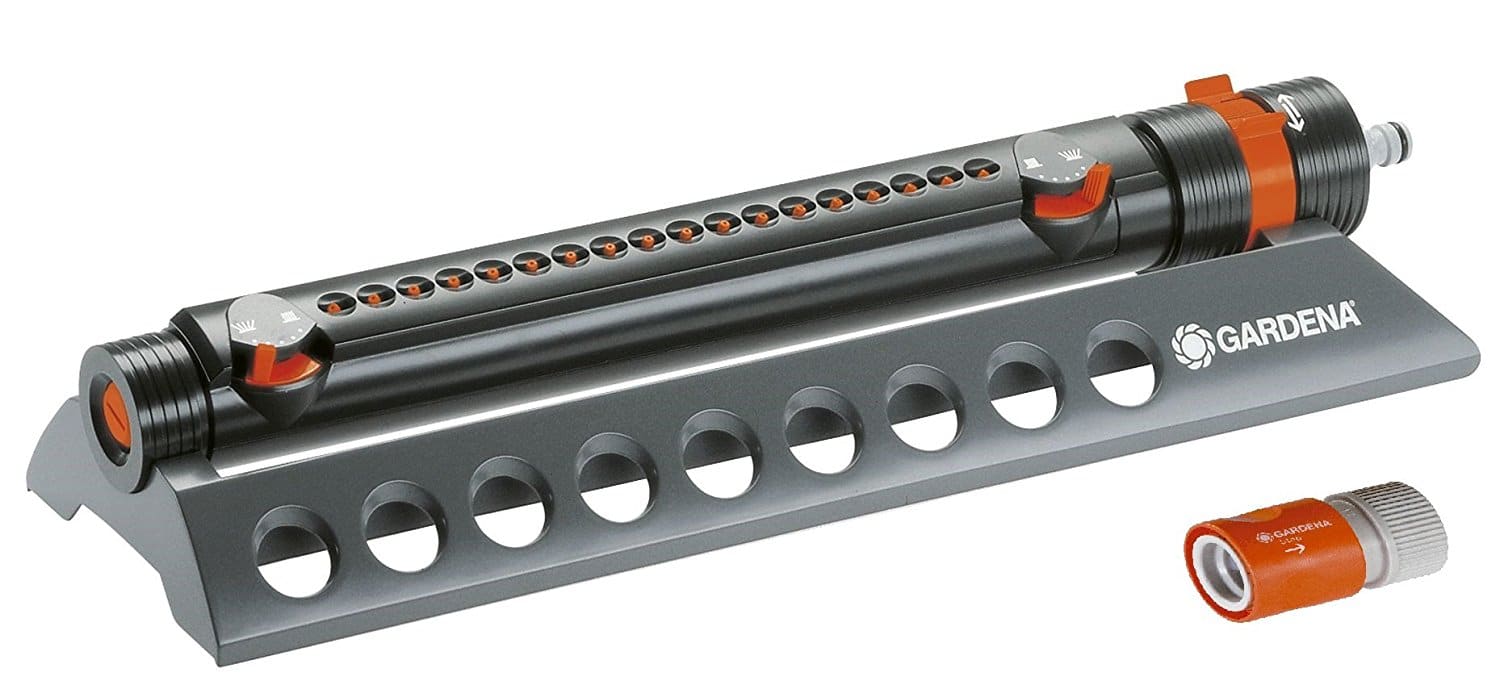If you’re looking to spruce up your outdoor landscaping, incorporating palm plants is an excellent way to add a tropical touch to your garden. With their unique shape and evergreen leaves, these plants are both visually appealing and functional. They can provide shade, add privacy, and even improve air quality. In this section, we’ll introduce you to various types of outdoor palm plants that can elevate the aesthetics of your garden.
There are many popular outdoor palm plants to choose from, so it’s crucial to consider factors such as climate, size, and maintenance requirements before making a selection. From towering species to smaller varieties, there’s a palm plant for every type of outdoor landscape. In the following paragraphs, we’ll highlight some of the best types of outdoor palm plants and what makes them a great addition to any garden.
Outdoor Palm Plant Varieties
Outdoor palm plants come in various varieties, suiting different climatic conditions, landscapes, and preferences. Here are some of the different types of outdoor palm trees you can choose from:
| Palm Plant Variety | Description |
|---|---|
| Queen Palm | The Queen Palm is a popular outdoor palm plant, known for its slender trunk and feather-like fronds. It can grow up to 50 feet tall and is suitable for warmer climates. |
| Windmill Palm | The Windmill Palm is a hardy palm plant, known for its unique, fan-like fronds that sway with the wind. It can grow up to 30 feet tall and is suitable for different climate zones. |
| Pygmy Date Palm | The Pygmy Date Palm is a small palm plant, known for its elegant look and compact size. It grows up to 10 feet tall and is suitable for smaller landscapes and container gardening. |
Other popular outdoor palm plant species include the Sago Palm, the Canariensis palm, and the Foxtail Palm. Each palm plant variety comes with unique characteristics and care requirements, making it essential to research and choose one that suits your particular garden needs.
Outdoor Palm Trees for Landscaping
If you are looking for tall and majestic palm trees for your landscaping projects, here are a few species you can consider:
- California Fan Palm
- Cabbage Palm
- Florida Royal Palm
These palm tree varieties are suitable for larger landscapes and require ample space for growth and proper maintenance. Researching the specific care requirements for each species is essential for successful landscaping with outdoor palm trees.
Whether you prefer tall or short palm plants, there are various outdoor palm plant varieties to choose from, each adding a unique touch of tropical vibes to your garden. Selecting the right variety and species is key to successful landscaping with palm plants.
Hardy Outdoor Palm Plants
When it comes to selecting palm plants for your outdoor landscaping project, it’s important to consider those that can withstand different weather conditions. Hardy outdoor palm plants are known to be more resilient, making them ideal for outdoor landscapes. Here are some of the types of palms that are known for their hardiness:
| Palm Plant | Best For |
|---|---|
| Sabal Palm | Colder climates |
| Windmill Palm | Colder climates |
| Chinese Fan Palm | Mild to warm climates |
| Pygmy Date Palm | Mild to warm climates |
| Queen Palm | Mild to warm climates |
Sabal Palm and Windmill Palm are two of the hardiest palm plants that can tolerate colder temperatures, making them ideal for colder climates. Additionally, Chinese Fan Palm, Pygmy Date Palm, and Queen Palm can adapt well to mild to warm climates.
When planting hardy outdoor palm plants, consider the specific requirements of each species, such as sunlight and water needs, as well as soil conditions. Be sure to plant them in well-draining soil to prevent root rot and other diseases.
Are Outdoor Palm Plants Suitable for Decorating Outdoor Chairs?
Outdoor palm plants can indeed be a suitable option for decorating various types of outdoor chairs. The lush green foliage and unique architectural shape of palm plants can add a touch of natural elegance and vibrancy to your outdoor seating arrangements. Whether it’s wicker, metal, or plastic chairs, the contrast created by the palm plants can create a visually appealing and serene ambiance.
Outdoor Palm Trees for Sale
If you are looking to purchase outdoor palm trees for your garden, there are several options available. Nurseries, garden centers, and online platforms are a few places where you can find a variety of palm plants for sale. It is essential to select healthy palm trees to secure the success of your landscaping project.
Before you make a purchase, it is best to research the specific palm species you want for your garden and ensure it fits your climate zone and site requirements. When visiting a nursery or garden center, look out for signs of low-quality palm trees, such as yellow or brown leaves, root-bound plants, or damage to the trunk or fronds.
Online platforms such as Amazon or Etsy also offer a variety of palm trees for sale. Before making a purchase, ensure the seller has a reliable reputation and read reviews from other customers.
Caring for your newly purchased palm tree is also crucial for its survival. Begin by planting the palm in the appropriate location, ensuring it receives the right amount of sunlight and water. Regular fertilization and pruning will help maintain the health of your palm plant.
Overall, purchasing outdoor palm trees requires research and careful decision-making. By selecting the right palm species and following proper care and maintenance routines, you can enjoy the exotic beauty of palm trees in your garden for years to come.
Best Practices for Outdoor Palm Plant Care
Proper care is essential for the healthy growth and maintenance of outdoor palm plants. Follow these best practices to ensure your palm plants thrive in your garden:
- Watering: Palm plants require regular watering, especially during hot and dry weather. Water deeply once or twice a week, depending on the weather and soil conditions. Avoid overwatering to prevent root rot.
- Fertilizing: Apply a balanced palm tree fertilizer regularly during the growing season. Avoid using fertilizers that contain high amounts of nitrogen as this can damage the plant.
- Pruning: Remove any dead or damaged fronds to keep the palm plant healthy. Avoid over-pruning, as this can harm the plant and make it susceptible to diseases.
- Pest and disease control: Prevent common palm plant pests and diseases by keeping the area around the plant clean and free of debris. Inspect the plant regularly for signs of infestation and treat promptly if necessary.
Following these best practices will help ensure your outdoor palm plants stay healthy and beautiful.
Frequently Asked Questions (FAQ)
Here are some frequently asked questions about outdoor palm plants:
What types of outdoor palm plants are best for landscaping?
There are many types of outdoor palm plants that are suitable for landscaping, but the best ones depend on your specific climate and soil conditions. Some popular options include the Pygmy Date Palm, the Windmill Palm, and the Queen Palm.
What are some general care tips for outdoor palm plants?
Outdoor palm plants require occasional watering, fertilization, and pruning to promote healthy growth. Additionally, it’s important to protect them from pests and diseases by monitoring for signs of damage and taking immediate action if necessary.
How often should I water my outdoor palm plants?
The frequency of watering your outdoor palm plants depends on the climate and soil conditions in your area. In general, you should water your palms when the top layer of soil is dry to the touch. For most species, once or twice a week should suffice, but this can vary depending on the size of your plant and the amount of sun it receives.
What should I do if my outdoor palm plant is infested with pests?
If you notice pests on your outdoor palm plant, it’s important to act quickly to prevent further damage. You can begin by removing any visible pests by hand or using a soft brush. Then, you can treat the plant with insecticidal soap or neem oil spray, which can help control the pests without harming the plant.
How can I ensure my outdoor palm plants thrive in my garden?
To ensure your outdoor palm plants thrive in your garden, you should select species that are suitable for your climate and soil conditions. Additionally, you should provide the plants with adequate sunlight, water, and nutrients, and monitor them regularly for signs of damage or disease. By following proper care practices, you can help your outdoor palm plants grow strong and healthy.










